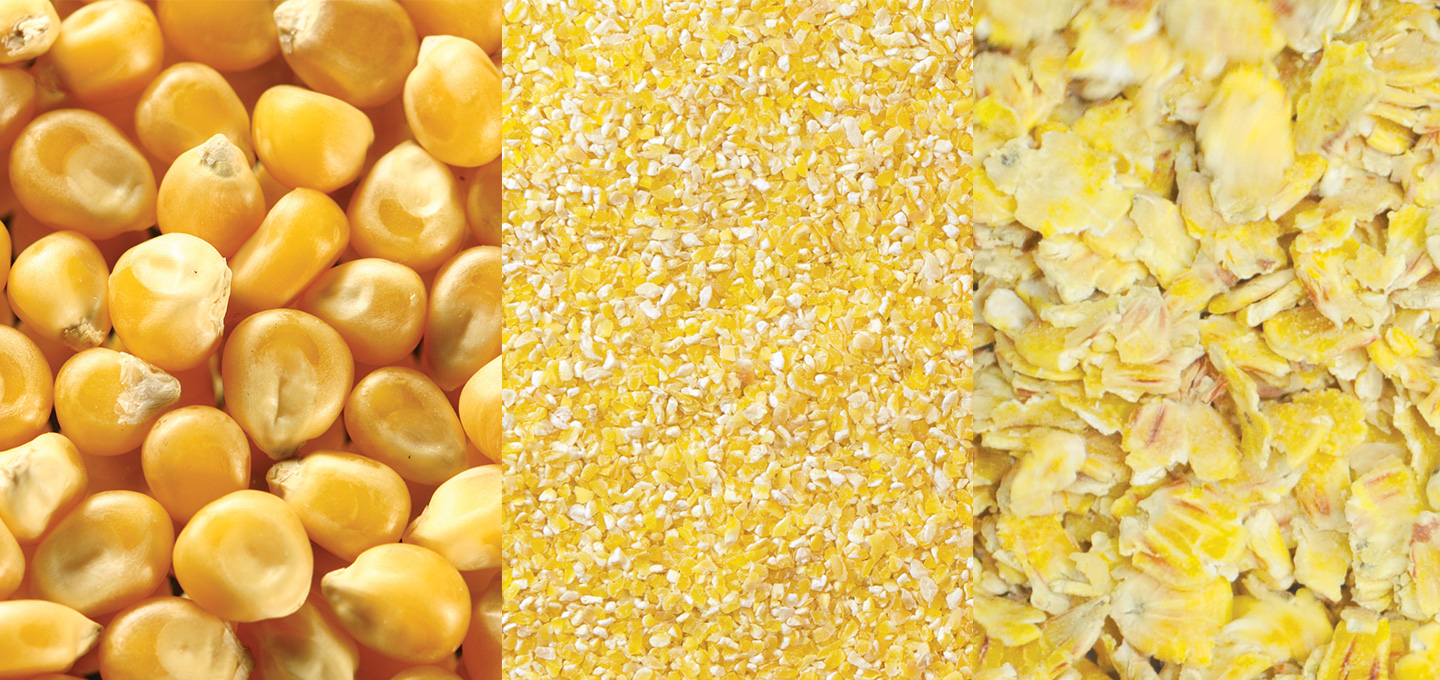To know more about osteochondrosis consult the article « Osteochondrosis ».
Osteochondrosis is a disorder that develops during the foal’s growth and which stabilises around the age of 18 months.
A number of factors have been implicated, including :
- The foal’s genetics,
- The foal’s housing (stable, field…),
- The foal’s growth rate,
- The feeding of the mare and the foal, and in particular the quantity of starch fed.
Epidemiological1,2 and experimental3 studies have shown that the feeding of concentrate feeds to gestating mares and growing young-stock increases the risk of foals developing osteochondrosis.
It would also seem that feeding forage only during growth favours spontaneous healing before the age 18 months2.
STARCH AND OSTEOCHONDROSIS
However, in the majority of cases, a forage only diet is not sufficient to cover the requirements of mares and foals. It is therefore necessary to provide supplementary energy in the form of concentrate feeds.
The studies previously cited did not take an interest in cereal quantities, thus the amount of starch consumed per meal. Other work has shown that the development of osteochondrosis was associated with the glycaemic and insulinaemic response of foals4,5 and gestating mares3,6 to meals. The amplitude of the metabolic response of breeding horses, which is related to the quantity and also the quality of the starch (plant variety and technological treatments undergone by cereals), thus seems implicated in the development of osteochondrosis.
RECOMMENDATIONS
A study carried out by INRA (unpublished data, Robles et al., 2018) compared the development of osteochondral lesions in foals out of mares receiving less than 75g of starch per 100kg live-weight, or more than 110g of starch per 100kg live-weight and per meal.
The mares receiving more than 110g of starch per 100kg live-weight and per meal produced a higher number of foals suffering from osteochondrosis (80%) than those mares receiving less than 75g of starch per 100kg live-weight and per meal (20%).
Reverdy advises
We therefore advise feeding breeding stock with less than 100g of starch per 100kg live-weight at each meal to limit the risk of foals developing osteochondrosis.
The recommended quantities in the table below have been calculated taking into consideration both the starch provided, as well as the size of the stomach (do not exceed 400g/100kg live-weight of feed per meal).
| Maximum quantity per meal based on the weight of the horse | ||||
| Reverdy feed | 400 kg | 500 kg | 600 kg | |
| Gestating mares | Breeding | 2 litres (1.4 kg) | 2.5 litres (1.8 kg) | 3 litres (2 kg) |
| Foals (6 months) | Foal | 1.1 litres (800 g) | 1.4 litres (950 g) | 1.6 litres (1.2 kg) |
| Yearlings (12 months) | Foal | 1.5 litres (1 kg) | 2 litres (1.4 kg) | 2.5 litres (1.8 kg) |
| Breeding | 1.3 litres (900 g) | 1.5 litres (1 kg) | 2 litres (1.4 kg) | |
| Youngster aged 18 months | Breeding | 1.7 litres (1.2 kg) | 2 litres (1.4 kg) | 2.5 litres (1.8 kg) |
"BUT ALSO… "
- Watch the calcium to phosphorus ratio of the ration, it must be situated between 2 and 3,
- In breeding stock, strengthen provision in copper (BREEDING, BREEDING MINERAL),
- Do not overfeed mares and foals
TO LEARN MORE
1. Vander Heyden, L. et al. Association of breeding conditions with prevalence of osteochondrosis in foals. Vet. Rec. 172, 68 (2012).
2. Mendoza, L. et al. Impact of feeding and housing on the development of osteochondrosis in foals — A longitudinal study. Prev. Vet. Med. 127, 10–14 (2016).
3. Peugnet, P. et al. Effects of Moderate Amounts of Barley in Late Pregnancy on Growth, Glucose Metabolism and Osteoarticular Status of Pre-Weaning Horses. PLoS One 10, e0122596 (2015).
4. Pagan, J., Geor, R., Caddel, S., Pryor, P. & Hoekstra, K. The Relationship Between Glycemic Response and the Incidence of OCD in Thoroughbred Weanlings: A Field Study. in Proceedings of the 47th AAEP Annual Convention 47, 322–325 (2001).
5. Ralston, S. Hyperglycemia/hyperinsulinemia after feeding a meal of grain to young horses with osteochondritis dissecans (OCD) lesions. Pferdeheilkunde 12, 320–322 (1996).
6. Caure, S. & Lebreton, P. Ostéochondrose chez le trotteur au sevrage et corrélation avec divers paramètres. Prat. Vétérinaire Equine 36, 47–57 (2004).




